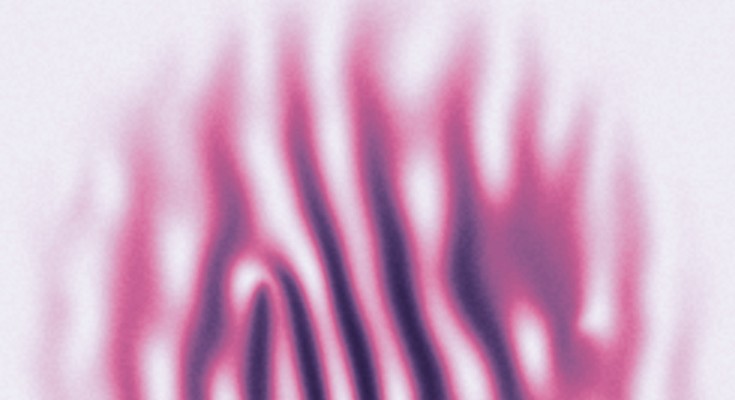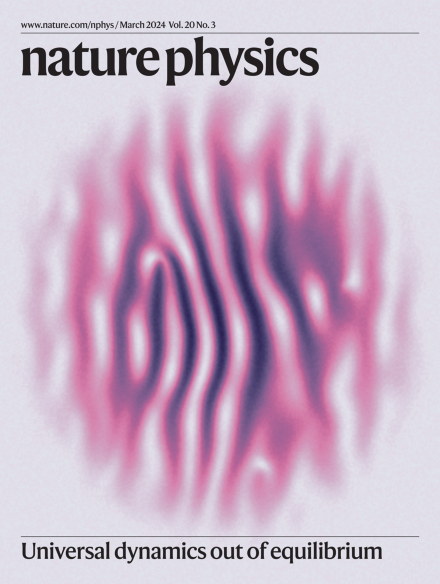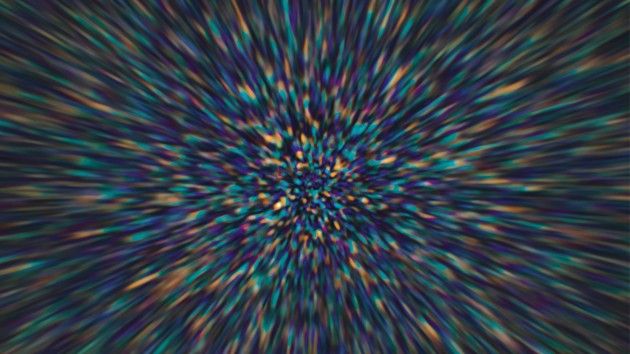
March issue
This month we focus on physics education research, discover how dynamics can be classified by symmetry and topology, and learn that seesaw oscillations aid directional decision making for cells.

This month we focus on physics education research, discover how dynamics can be classified by symmetry and topology, and learn that seesaw oscillations aid directional decision making for cells.


When photons impinge on a material, free electrons can be created by the photoelectric effect. The emitted electron current usually fluctuates with Poisson statistics, but if squeezed quantum light is applied, the electrons bunch up.
